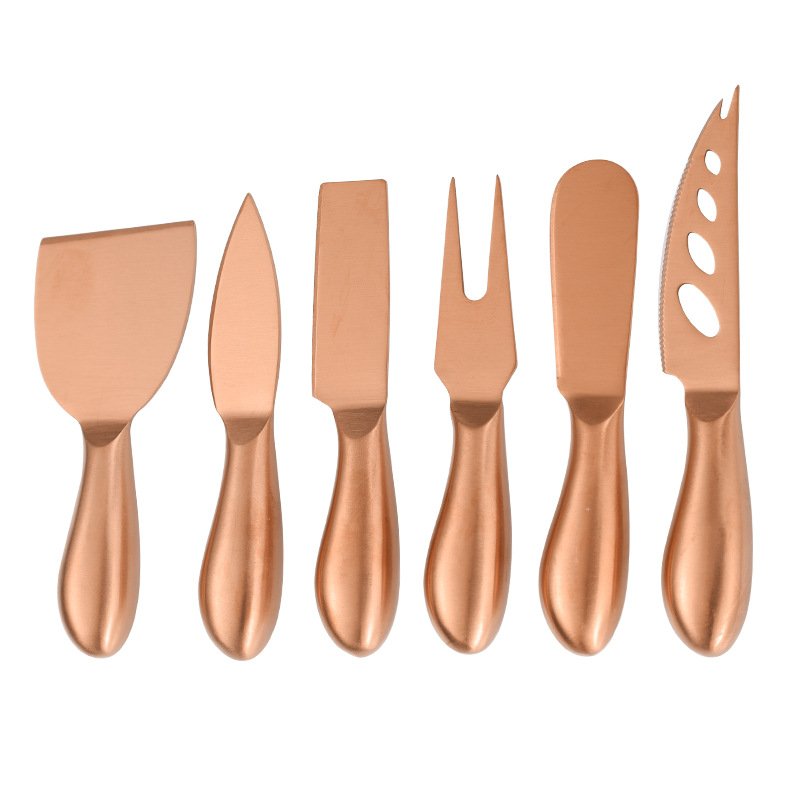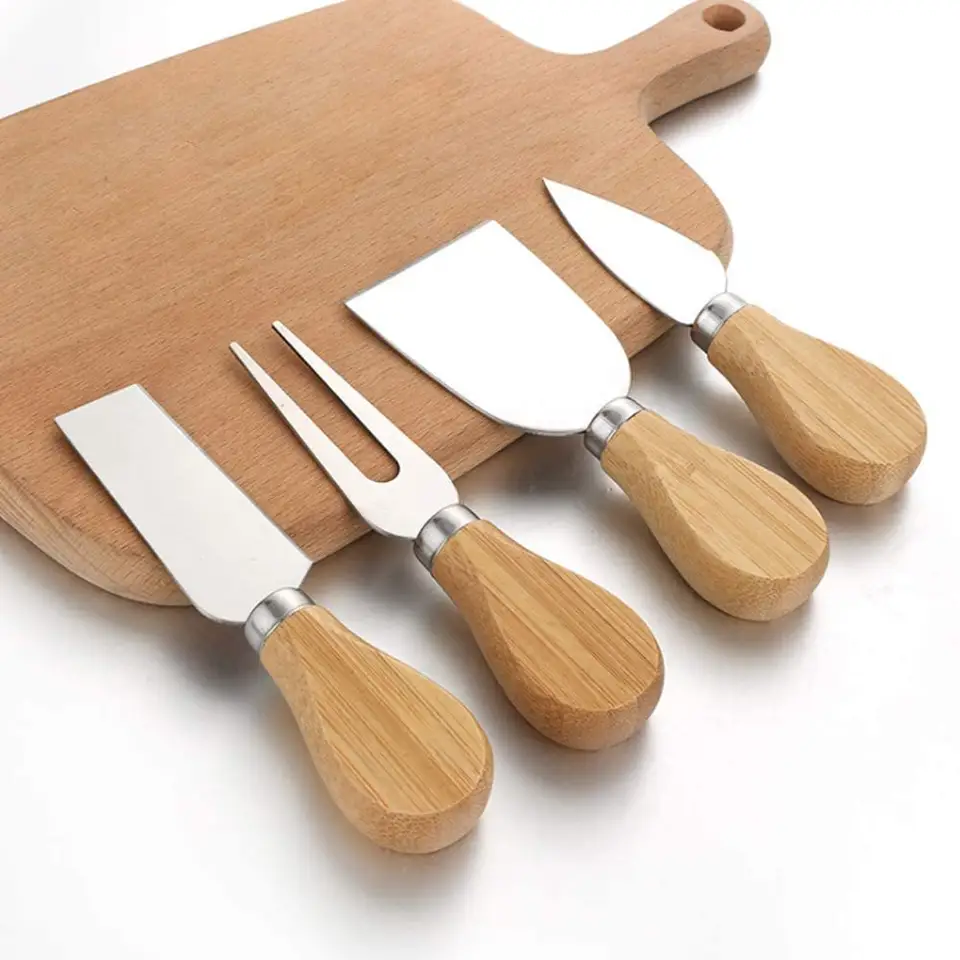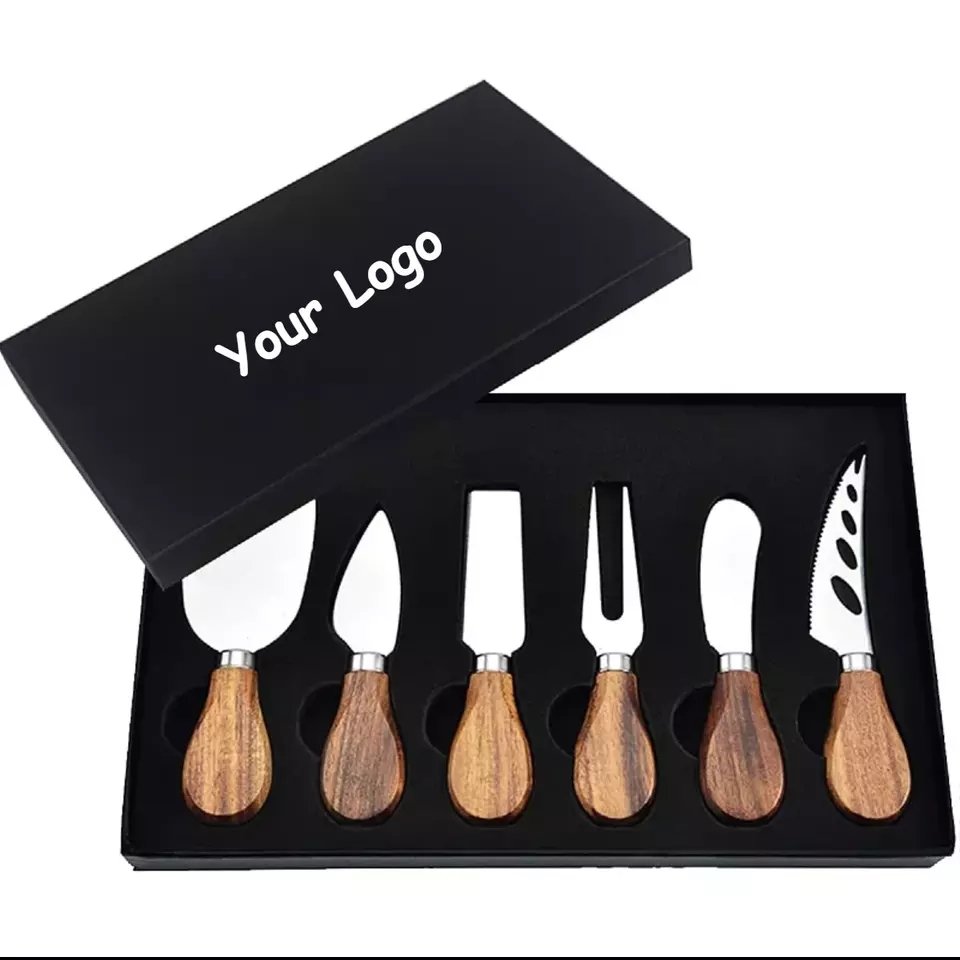People often take eating utensils for granted. But across the world, different tools reflect deep cultural values and lifestyles. What are we really holding in our hands?
Eating utensils vary around the world, shaped by local traditions, food types, and history. From chopsticks in Asia to forks in Europe, each tool reflects a unique culture.
The topic of eating utensils seems simple. But the truth is, it reveals how people live, eat, and think. Let’s look at how utensils are used across the world and what they say about each culture.
Table of Contents
What eating utensils are used around the world?
Why do some people use their hands while others rely on silver forks? Is one way better than the other?
Chopsticks, forks, knives, spoons, and even hands are used globally—based on food habits, tradition, and practicality. There is no single “universal” utensil.

Tools Around the World: What and Why?
Let’s break down eating utensils by region:
| Region | Common Utensils | Reason for Use |
|---|---|---|
| East Asia | Chopsticks | Suited for rice, noodles, bite-sized dishes |
| South Asia | Hands, spoons | Cultural norms, tactile eating experience |
| Middle East | Hands, spoons | Shared meals, bread as a scoop |
| Africa | Hands | Eating from shared plates, often without cutlery |
| Europe | Fork, knife, spoon | Multi-course meals, meat-based dishes |
| North America | Fork, knife, spoon | Western influence, food variety |
| South America | Spoon, fork, knife | Mixed cuisines, colonial influence |
In many countries, utensils have evolved from traditional practices. In Japan, chopsticks are not just tools—they are spiritual. They are used with care and respect. In contrast, many Indian families believe using hands helps connect with food. It’s personal and traditional.
Is There a “Better” Way?
That depends on the food and culture. Chopsticks are perfect for sushi or noodles. But not for steak. A knife is essential for slicing meat but unnecessary in a rice dish. Every region developed tools to fit its food and customs.
Understanding these differences helps us appreciate the diversity in the way we eat. It also reminds us that there is no right or wrong—just different solutions to the same problem: how to enjoy food.
Is There a “Better” Way?
Sometimes, even simple words mean different things. In Australia, “cutlery” has its own twist.
In Australia, people commonly call cutlery “cutlery,” but they also use “eating utensils” or sometimes “silverware” when referring to metal sets.
What's in a Word?
anguage changes depending on place. In the US, people often say “silverware.” In the UK and Australia, “cutlery” is the usual term. Let’s compare:
| Country | Common Term | Notes |
|---|---|---|
| USA | Silverware | Even for non-silver items |
| UK | Cutlery | Standard term |
| Australia | Cutlery | Most common; “utensils” also used |
| Canada | Cutlery/Silverware | Both terms used interchangeably |
So, in Australia, you won’t be misunderstood if you say cutlery. But in casual speech, they might also say “utensils” or refer to “knives and forks.”
Why It Matters
This isn’t just language trivia. If you’re in international sales or hospitality, using the right term matters. I once sent a product catalog to an Australian client. They were confused at first because I titled it “Flatware Collection.” Now I always double-check local preferences before printing.
Words shape our expectations. The same product can sound more elegant or more casual depending on the word. For businesses, this matters. For travelers, it helps you fit in.
Is eating utensils material culture?
Are forks and chopsticks just tools? Or do they tell a deeper story about a culture’s values?
Yes, eating utensils are a form of material culture. They reflect daily practices, social values, and the evolution of food habits in each society.
Utensils as Cultural Artifacts
Material culture is about the physical objects that represent a society’s values. Eating utensils are a perfect example.
| Utensil Type | Cultural Meaning | Social Function |
|---|---|---|
| Chopsticks | Harmony, balance, etiquette in East Asia | Precision eating, respect in shared meals |
| Hands | Connection to food in South Asia, Africa | Personal, spiritual, often tied to rituals |
| Fork/Knife | Order, control in Western culture | Formal dining, table manners, social roles |
When we look at a spoon, we may not think about history. But centuries ago, a silver spoon signaled wealth in Europe. In some African cultures, handmade wooden spoons are passed down through generations.
In China, I grew up seeing chopsticks used in every meal, but they weren’t just tools. They were part of lessons in discipline. Children learn how to hold them properly and how not to wave them around or stick them in rice—a gesture seen as disrespectful.

Everyday Objects, Deep Meaning
So yes, eating utensils are more than just tools. They carry meaning. They are a mirror of the values we grow up with. Whether it’s the elegance of French silverware or the simplicity of Ethiopian injera, utensils teach us how cultures live and eat.
What utensils do Chinese eat with?
Chinese dining customs are rich in history and etiquette. What role do utensils play in these traditions?
Chinese people mainly eat with chopsticks and occasionally use ceramic spoons for soups. Knives are rarely seen at the dining table.
The Logic Behind Chopsticks
Chopsticks are more than just sticks. Their design matches Chinese cuisine perfectly—dishes are cut into small pieces before cooking, making knives unnecessary at the table.
| Utensil | Usage in China | Cultural Value |
|---|---|---|
| Chopsticks | Main utensil | Symbol of balance, used with etiquette |
| Ceramic spoon | For soups, congee | Often paired with bowls |
| Knife | Not used at table | Seen as aggressive or inappropriate |
Growing up in Shanghai, I was taught to use chopsticks early. But not just how to use them—how not to use them. Never point them at others. Never leave them sticking upright in a bowl. These are tied to deep beliefs and social rules.
Why No Knife?
In Chinese culture, meals are about sharing. Food is placed in the center and picked up with chopsticks. Cutting is done before cooking. The absence of knives at the table reflects a peaceful, communal atmosphere.
So while the utensil might look simple, its role is layered with meaning. It reflects family values, meal structure, and even how Chinese people think about harmony and respect.
What is the most commonly used eating utensil?
Is there one utensil that wins the global popularity contest?
The spoon is considered the most widely used eating utensil in the world, due to its versatility and presence in most cultures.
The Universal Tool
Forks and chopsticks have limitations. But the spoon? It works for liquids, solids, grains, desserts—you name it. It is used almost everywhere.
| Utensil | Global Use | Advantages |
|---|---|---|
| Spoon | Universal | Versatile, child-friendly, simple |
| Fork | Western and parts of Asia | Good for solid foods |
| Chopsticks | Mainly East Asia | Precise, clean |
From feeding babies to serving soup in fine dining, the spoon is unmatched. It’s usually the first utensil we learn to use as kids.
Function Meets Culture
Even in chopstick cultures, the spoon has a place. In Korea, spoons are used alongside chopsticks. In India, a spoon is often used for dal and curries.
Its simplicity and efficiency make it timeless. No matter where I’ve traveled for work—Turkey, France, the US—the spoon is always there, doing its quiet job.

What is the most used cutlery in the world?
Between forks, knives, and spoons, which comes out on top?
The spoon is the most used piece of cutlery worldwide, due to its presence across both Eastern and Western dining traditions.
Spoons Dominate
Let’s look at why spoons top the list.
| Cutlery Item | Use Frequency | Key Functions |
|---|---|---|
| Spoon | Very high | Soups, cereals, rice, desserts |
| Fork | Moderate | Solid food, meat |
| Knife | Lower | Cutting, not always needed |
Forks are central in Western meals. But they are rare in parts of Asia. Knives are often not used during meals in Eastern cultures. But the spoon is found everywhere.
Design That Travels
A spoon is easy to make, easy to use, and needs no technique. That’s why it’s so common. It’s not just about culture—it’s about what works. The simplest tools often travel the farthest.
I’ve seen spoon design trends shift in my business. Some markets want wide spoons. Others want long handles. It’s a humble tool, but it still reflects changing tastes.
What is the European way of using utensils?
Are there rules for how to hold a fork and knife in Europe? The answer is yes—and it’s not just about etiquette.
In Europe, the fork is held in the left hand and the knife in the right, used simultaneously without switching hands. This is called the “continental style.”
Continental Style vs. American Style
The European style is different from the American “zig-zag” method, where people cut food with the knife, then switch the fork to the right hand to eat.
| Style | Fork Hand | Knife Use | Hand-Switching? |
|---|---|---|---|
| European | Left | Stays in right | No |
| American | Right | Used then put down | Yes |
In my experience working with European clients, they take dining etiquette seriously. This affects how we design and market cutlery. For example, heavier knives with ergonomic grips are more popular in Europe.
Efficiency Meets Elegance
Many Europeans say the continental style is more efficient and refined. You never need to put your knife down. It’s smooth and rhythmic. It’s not just about eating—it’s about how you present yourself at the table.
Understanding this style helps if you work with or sell to European markets. It also makes your own dining experience feel more intentional.
Around the world, eating utensils do more than help us eat—they show who we are, how we live, and what we value.





